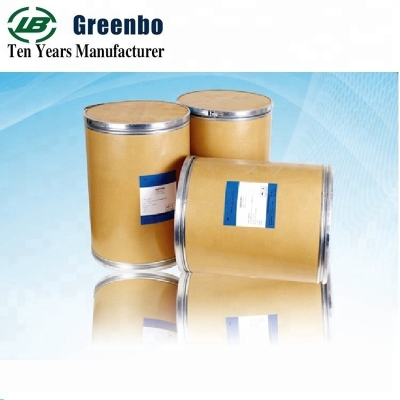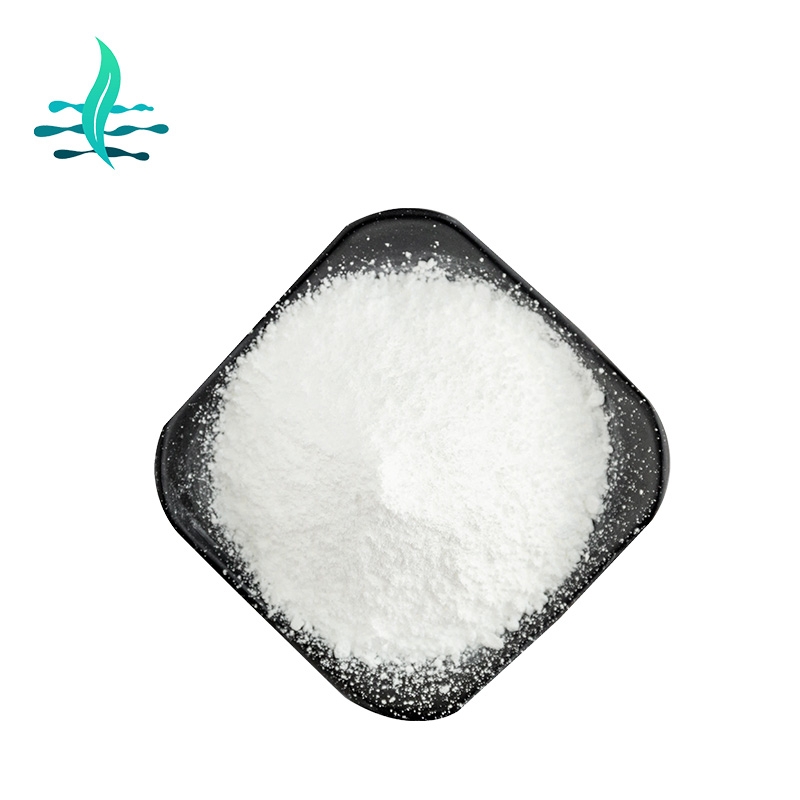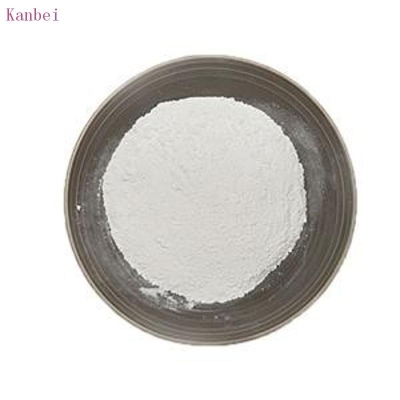Catalyst and Auxiliary
- • Antioxidants (109)
- • UV Absorbers (92)
- • Polyethylene Glycol Derivatives (66)
- • Fluorescent Brightener (62)
- • Plastic Rubber Chemicals (89)
- • Polymer (464)
- • Precious Metal Catalysts (239)
- • Coupling Agent (8)
- • Zeolite (5)
- • Flame Retardants (10)
- • Petrochemical (22)
Related News
-
Pfizer China Oncology Division Restructures Amid Executive Changes
2025-03-19 -
Price Surge Alert as Major Suppliers Increase Barium Sulfate Costs by 200 Yuan per Ton
2025-03-20 -
Shell Considers Partnering with the U.S. and Closing European Chemical Assets
2025-03-26 -
Quaker Houghton Acquires Dipsol Chemicals, Strengthening Advanced Solutions Portfolio
2025-03-27 -
AstraZeneca to Invest $2.5 Billion to Establish Global Drug R&D Center in Beijing
2025-03-25 -
Saudi Aramco CEO: Invest in downstream projects in China's energy, chemical and other fields
2025-03-28
Coupling Agent
Benzoyl chloride
(98-88-4)-
Industrial Grade / 99%
-
Chemical Grade / 99%
$1/KG FOB
-
Industrial Grade / 99%
-
Industrial Grade / 99%
2,2′-Methylenebis[4-methyl-6-tert-butylphenol]
(119-47-1)-
Industrial Grade / 99%
-
- / 99.00%
-
- / 99%
-
Chemical Grade / 99%
$15-17/KG FOB
Request for quotation , get quotes from more suppliers.
2,4,6-Tribromophenol
(118-79-6)-
Industrial Grade / 99%
-
Pharmacy Grade / 99%
-
food Grade / 99%
-
Chemical Grade / 99%
Request for quotation , get quotes from more suppliers.
Trimellitic acid
(528-44-9)-
- / 99.00%
-
- / 99.99%
-
Pharmacy Grade / 0%
-
Pharmacy Grade / 99%
Request for quotation , get quotes from more suppliers.
-
- / 99%
-
![2,4,6-Tribromophenyl acrylate buy 2,4,6-Tribromophenyl acrylate]()
-
![2,4,6-Tribromophenyl acrylate buy 2,4,6-Tribromophenyl acrylate]()
-
![2,4,6-Tribromophenyl acrylate buy 2,4,6-Tribromophenyl acrylate]()
Request for quotation , get quotes from more suppliers.
Source Coupling Agent Products Supply
-
Reagent Grade / 99%
$12-15/KG FOB
-
- / 99.00%
-
-
Request for quotation , get quotes from more suppliers.
Butyl 4,4-bis(tert-butylperoxy)valerate
(995-33-5)-
Industrial Grade / 99%
-
Chemical Grade / 95%
-
Industrial Grade / 99%
-
![Butyl 4,4-bis(tert-butyldioxy)valerate buy Butyl 4,4-bis(tert-butyldioxy)valerate]()
Request for quotation , get quotes from more suppliers.
DOTA-maleimide
(1006711-90-5)-
- / 99%
-
![1,4,7,10-Tetraazacyclododecane-1,4,7-triacetic acid, 10-[2-[[2-(2,5-dihydro-2,5-dioxo-1H-pyrrol-1-yl)ethyl]amino]-2-oxoethyl]- buy 1,4,7,10-Tetraazacyclododecane-1,4,7-triacetic acid, 10-[2-[[2-(2,5-dihydro-2,5-dioxo-1H-pyrrol-1-yl)ethyl]amino]-2-oxoethyl]-]()
Industrial Grade / 99%
Request for quotation , get quotes from more suppliers.



































![1,4,7,10-Tetraazacyclododecane-1,4,7-triacetic acid, 10-[2-[[2-(2,5-dihydro-2,5-dioxo-1H-pyrrol-1-yl)ethyl]amino]-2-oxoethyl]- buy 1,4,7,10-Tetraazacyclododecane-1,4,7-triacetic acid, 10-[2-[[2-(2,5-dihydro-2,5-dioxo-1H-pyrrol-1-yl)ethyl]amino]-2-oxoethyl]-](https://file.echemi.com/fileManage/upload/category/ac71ac0d-8ef6-11ec-89e5-fa163ed06441.png)
